Revealing the Secrets of Wizardry, 43 Years Later
Even though I was a fan of the tabletop RPGs that inspired Wizardry, I had a lot to learn about the franchise when I joined the team here in 2022. The more I played, the more I understood its importance, and the more I appreciated what a huge task bringing this game to a modern audience would be.
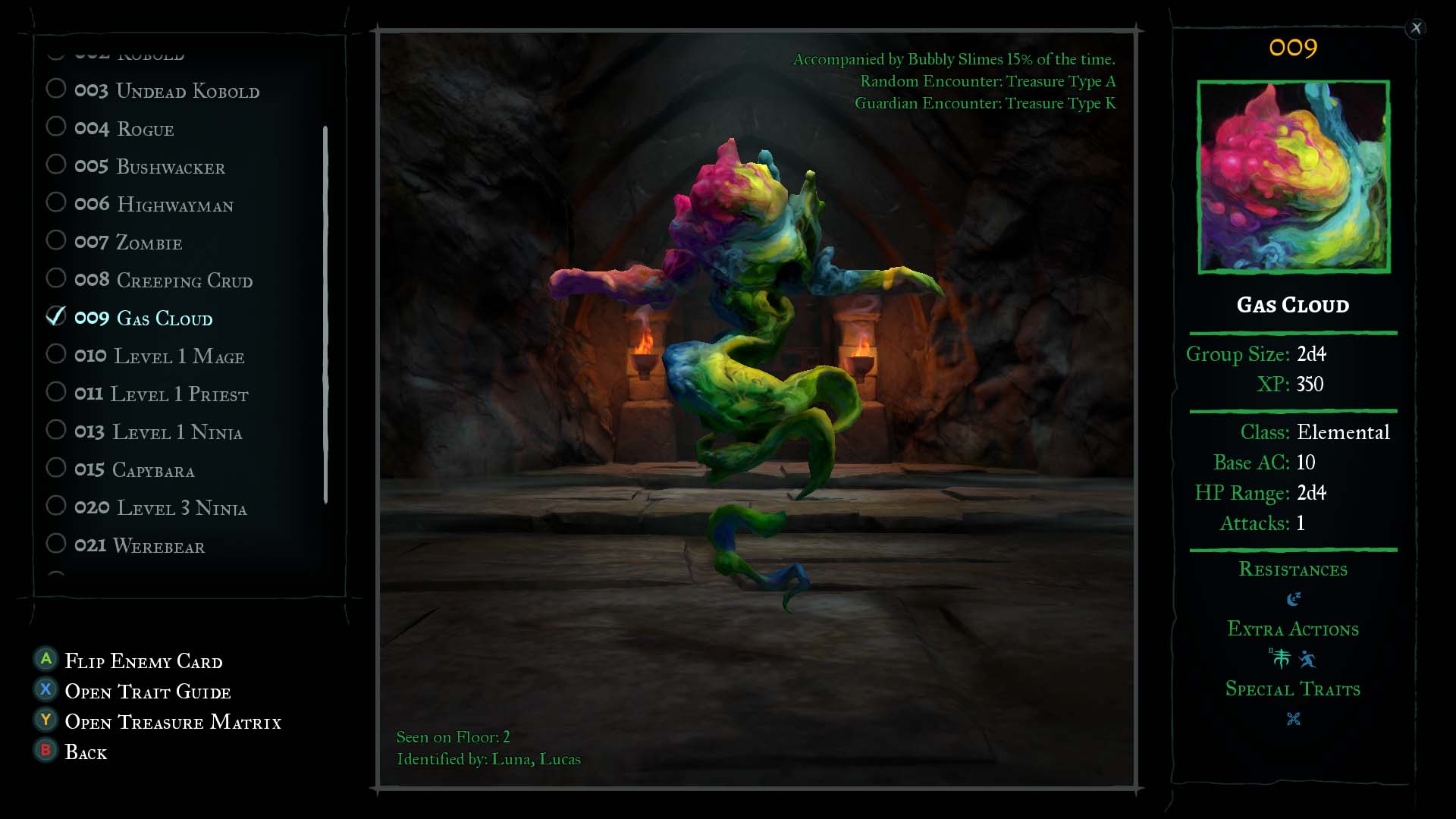
How Digital Eclipse Preserved and Enhanced One of the Most Important RPGs of All Time
Originally released for the Apple II in 1981, Wizardry: Proving Grounds of the Mad Overlord literally defined the video role-playing game. The dungeon-crawling, monster-slaying, level-upping gameplay would inspire nearly every designer of every role-playing game that followed.
Ian Sherman, our lead engineer, understands the importance of this game more than most. He’s leading Digital Eclipse’s all-new remaster of Wizardry: Proving Grounds of the Mad Overlord, which is now available on Xbox.
“Designers like Hironobu Sakaguchi (Final Fantasy) and Yuji Horii (Dragon Quest) have said, ‘Wizardry was an influence for our game,’” Ian said. “When you get to play it, it’s just so clear how directly elements of Dragon Quest or Final Fantasy or Pokemon were inspired by features in Wizardry. I understand why everybody is trying to recapture that feeling.”
This is the first time in decades that a version of the first Wizardry has been available. A new initiative between Digital Eclipse, Wizardry’s original publisher SirTech, and current trademark owner Drecom (which publishes new Wizardry games made in Japan) untangled the web of legal permissions required to make this remaster possible. It features all-new graphics and sounds and a variety of quality-of-life enhancements – but it’s all based on the original 1981 game’s source code.
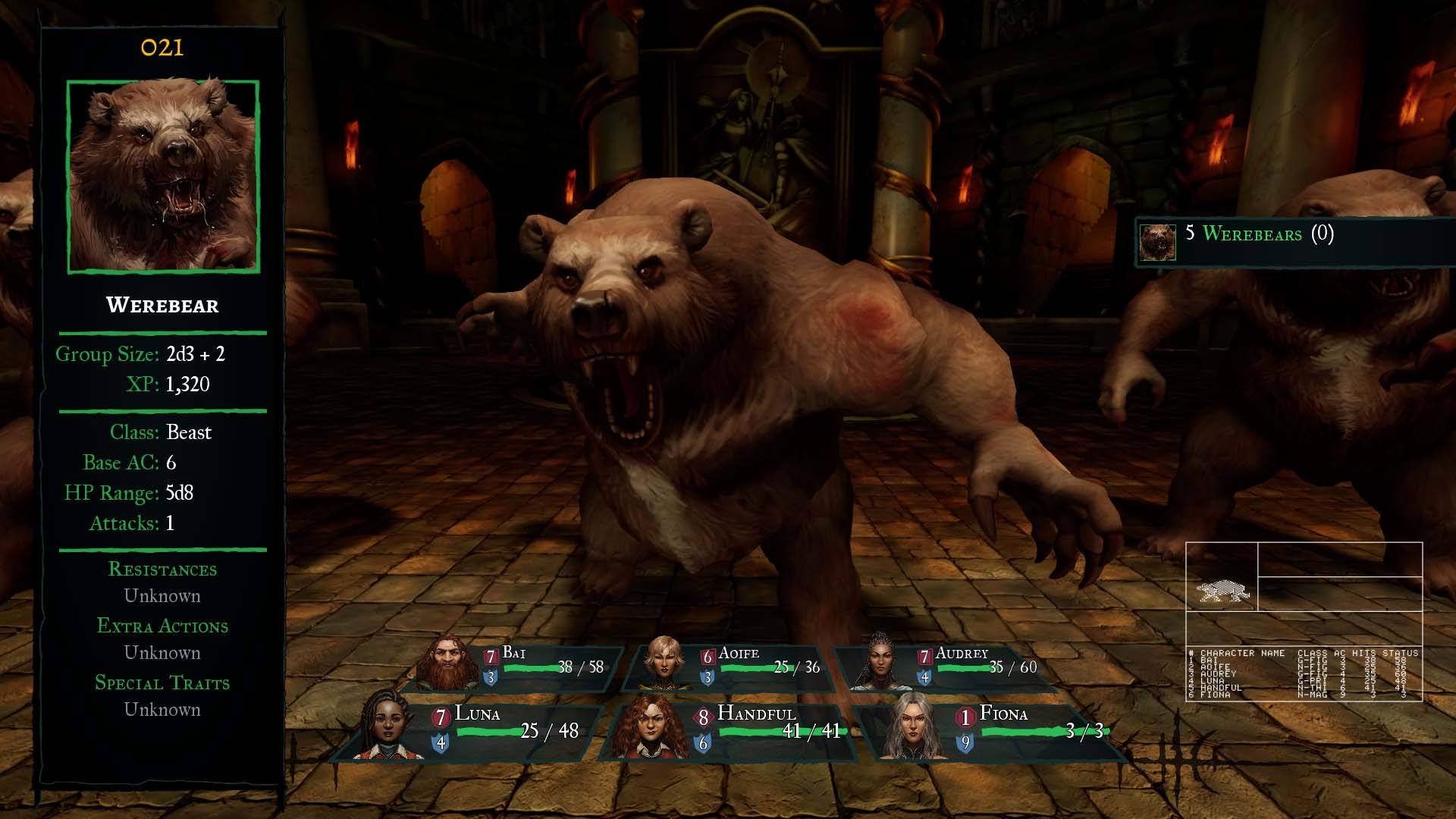
Original Code Meets Modern Gameplay
“At Digital Eclipse, we’re historians and preservationists,” Ian said. “We had access to the Pascal source code for the original Wizardry, so our goal was to get that code running on modern hardware.” Since Pascal is a programming language created in 1970 that’s no longer in regular use, this itself was a challenge.
Fortunately, Ian is a DigiPen graduate who is no stranger to remasters – his journey with Digital Eclipse began in 2005. He enjoys what he calls the “code forensics” of bringing back classic games.
What began as a research exercise ended up in the final product. “Ultimately, we ported the Apple II game to Unreal Engine,” he said.“The game that you play in our Wizardry is the Apple II version of Wizardry – that’s where we started, and we built up from there.”
That means all the decisions, difficulty, and dice rolls in our remaster come straight from the original code, recreating the original dungeon-crawling experience. Want proof? Even while you slay gas dragons and frost giants with the all-new 3D visuals, you can view the Apple II graphics at any time during gameplay.
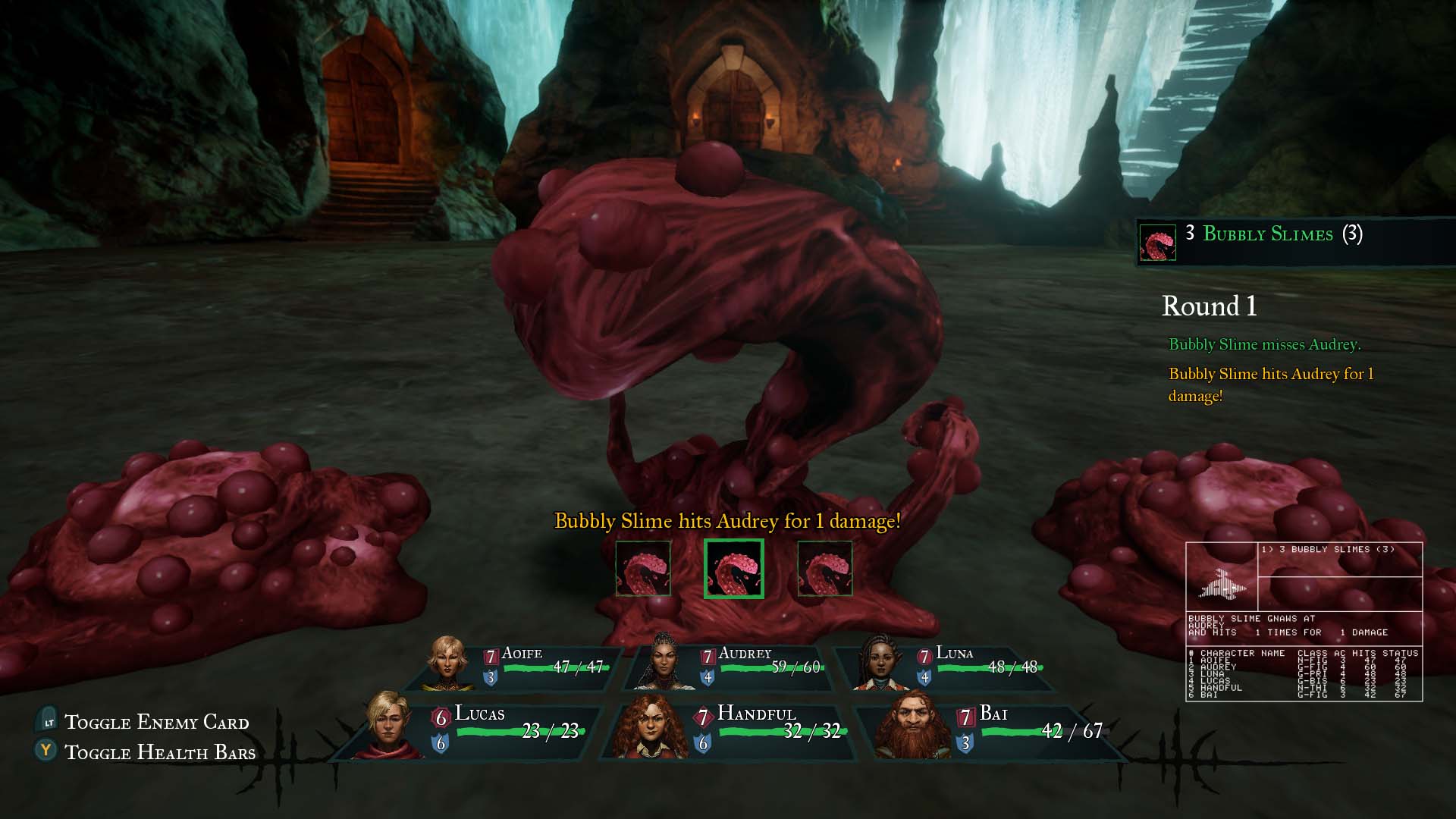
“We also wanted to preserve the brutality of the original game, because it is what inspired games like Dark Souls – their difficulty and the permanence of their progress is inspired by Wizardry,” Ian said. “So, we added some quality-of-life features in a way where, if you absolutely wanted the original experience, you could just turn them off.”
Creating an authentic yet accessible version of Wizardry for modern players required a deep level of digital archaeology. “As an engineer, you can see the flow of the original creative decisions just by looking at the code,” Ian said. “Wizardry’s code was authored well, which made it easy to read and understand. So, you can see things like a half-implemented feature, or something that was a feature that they removed.”
Looking into Wizardry’s original code, Ian could see all the information that the original game hides from players’ prying eyes. As RPGs have evolved over the last 40 years, players have grown to expect to be able to see this data up front, so we decided to reveal it.
“In the Apple II Wizardry, when you encounter an enemy, it’s unidentified, so you roll to try to identify it,” Ian said. “We thought: is there a way we can expand on that without interfering with the way the original system works?”
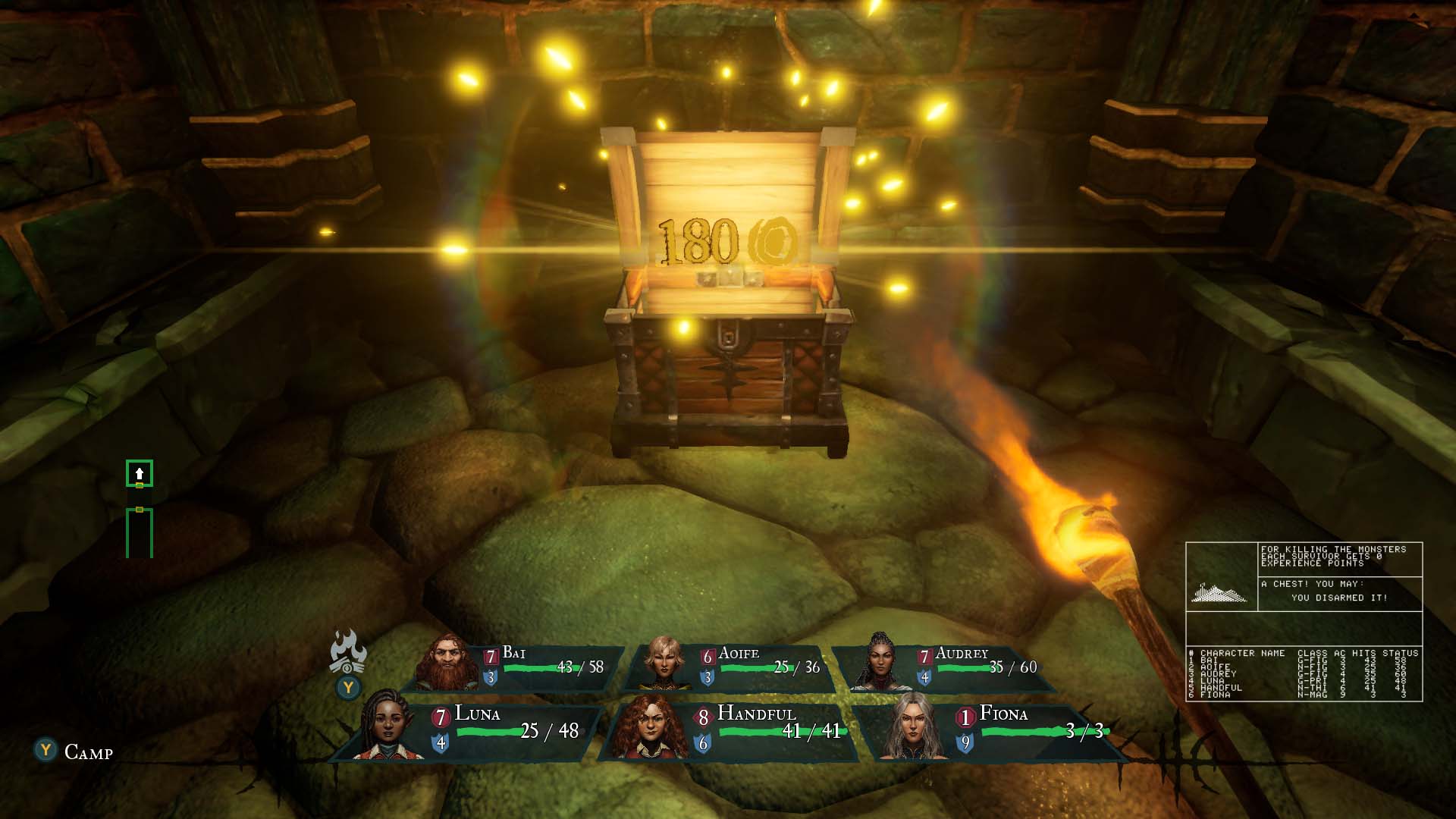
What resulted from those discussions was the all-new Bestiary, a detailed visual guide to the hundred and one creatures, monsters, and enemies encountered in the maze. The Bestiary also features exclusive lore for each creature, written by Benny Matsuyma, a novelist and game writer who was a noted contributor to Japan’s Wizardry games.
This greater revelation of details hiding in the original game’s code extends to combat as well, which Ian points out could be particularly obscured in the original Wizardry.
“What is a longsword? Well, it’s more expensive than a short sword or a dagger. That’s literally all the information the Apple II version gave you,” he said. “You don’t know how much damage something does, how many times it can hit, or its likelihood of hitting – but that information is invaluable to players.”
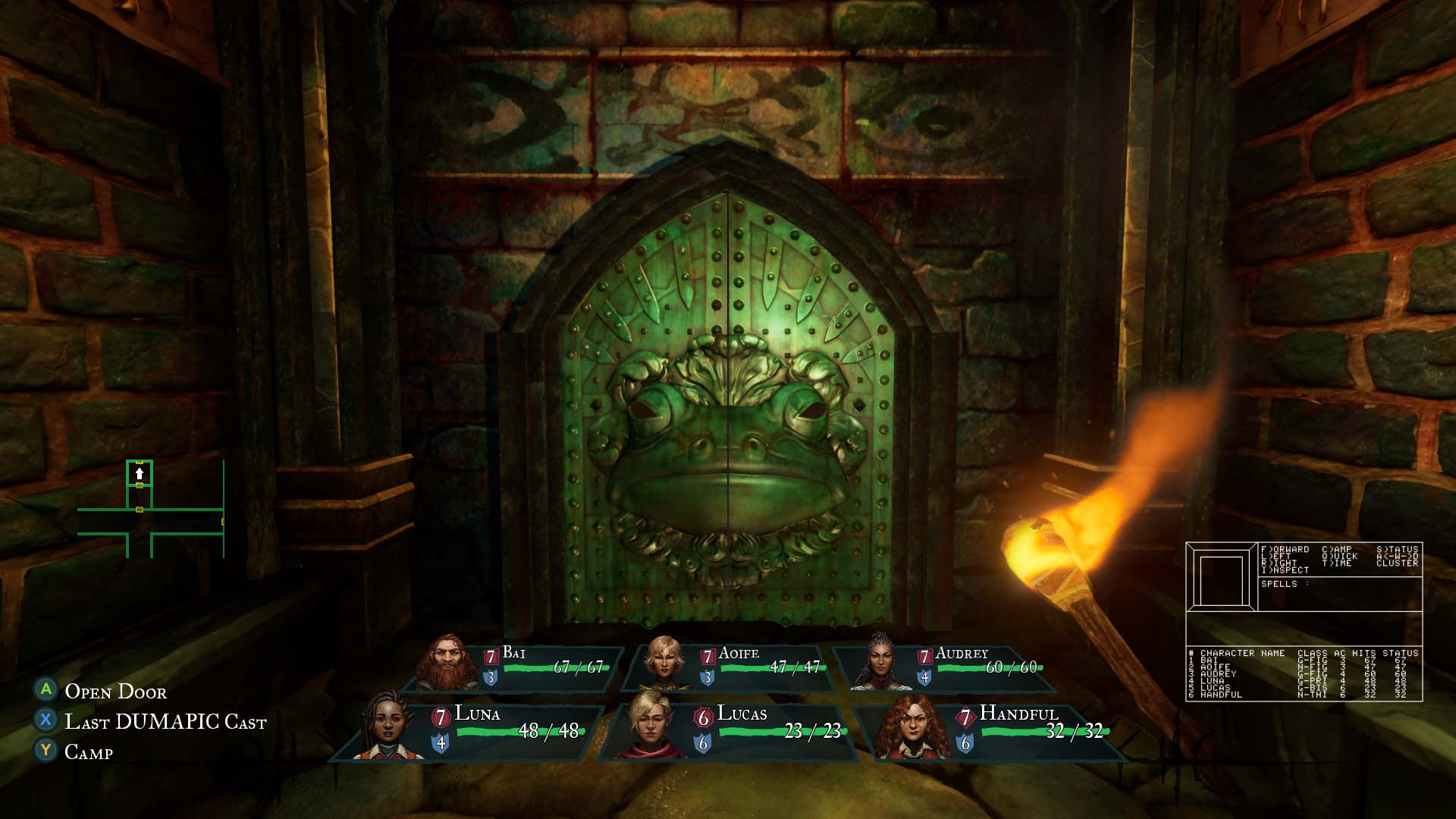
In our remaster of Wizardry, you can see percentages during combat, which will help you make smarter choices. Before you attempt to disarm a booby-trapped treasure chest, you can see your chances of success.
But as any adventurer will tell you, knowing the odds and surviving the maze are two very different things. Even if you’re more informed, venturing too far into the maze before your party is ready will still be met with a tragic ending!
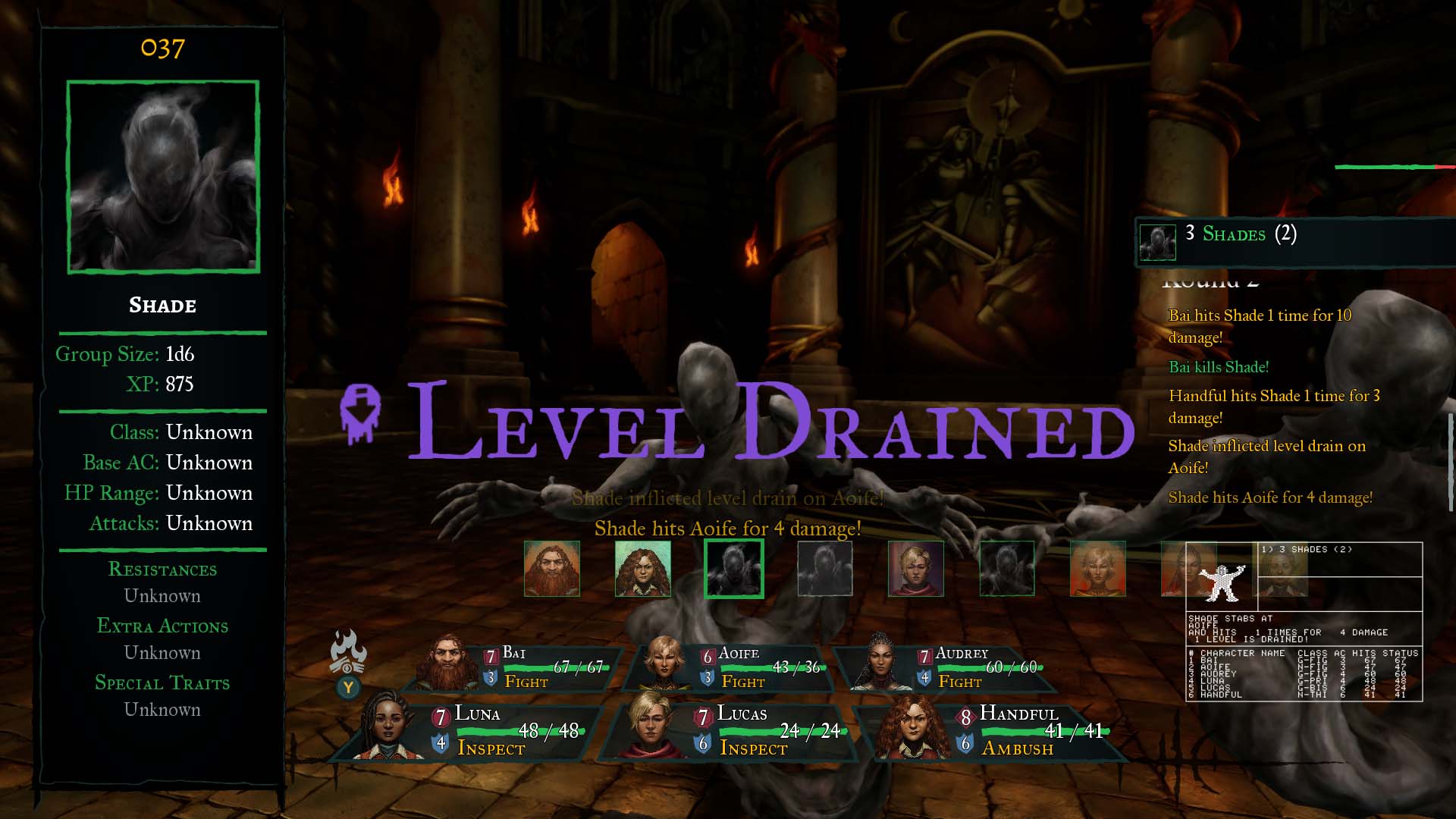
Ultimately, our goal with Wizardry: Proving Grounds of the Mad Overlord is to deliver a modern experience while preserving a legacy 40 years in the making – a game that inspired an entire genre, available now on Xbox.

Wizardry: Proving Grounds of the Mad Overlord
Digital Eclipse
The post Revealing the Secrets of Wizardry, 43 Years Later appeared first on Xbox Wire.
source https://news.xbox.com/en-us/2024/05/23/revealing-the-secrets-of-wizardry-43-years-later/

Post a Comment for "Revealing the Secrets of Wizardry, 43 Years Later"